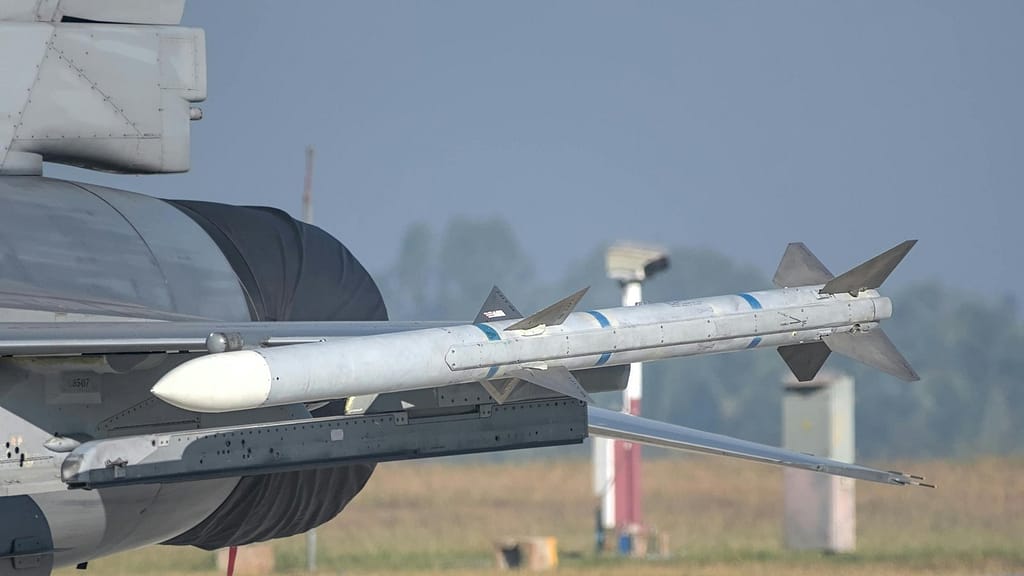
By Bharat Global Time Defence Desk
June 11, 2025 | New Delhi / Berlin / Islamabad
Pakistan Looks to Germany for Advanced Air Defence
In a significant development that could shift the strategic calculus of South Asia, Pakistan is reportedly in advanced talks to procure Germany’s IRIS-T SLM missile defence system, a modern air defence platform currently being used in Europe’s high-threat zones, including Ukraine.
The news comes just weeks after simulated BrahMos missile strikes during India’s war games reportedly demonstrated the inability of Pakistan’s existing Chinese-supplied HQ-9 and LY-80 systems to intercept India’s supersonic cruise missiles—especially during multi-target attacks.
What Is the IRIS-T SLM?
The IRIS-T SLM (Surface-Launched Medium Range) is a mobile, all-weather, quick-reaction air defence system designed to intercept modern threats including aircraft, drones, and cruise missiles. Developed by Germany’s Diehl Defence, the system boasts:
- Range: Approx. 40 km
- Speed: Mach 3+
- Multi-target capability: Up to 8 targets simultaneously
- Track record: Successfully used by Ukraine to counter Russian cruise missile attacks
However, military experts point out a crucial limitation: BrahMos flies at Mach 2.8–3.5 and has a range between 290 km and 800 km, far exceeding the IRIS-T’s envelope.
Indian Perspective: Strategic Caution and Confidence
From an Indian viewpoint, this deal is more symbolic than practical. While Pakistan’s effort to modernize its missile shield is understandable, analysts in New Delhi remain unconvinced of its effectiveness against BrahMos.
“Pakistan is chasing an illusion if they think IRIS-T alone can blunt the BrahMos threat,” says Lt. Gen. R.P. Singh (Retd). “You can’t stop a Mach 3 missile flying just 10 metres above the ground with a 40 km shield—especially if India fires in salvos.”
India’s BrahMos program has evolved significantly:
- Extended-range BrahMos-ER (450+ km) has been deployed in Arunachal and Rajasthan.
- BrahMos-NG (next-gen) and hypersonic BrahMos-II (Mach 7+) are in advanced stages of development.
Can Pakistan Afford It?
The reported price of one IRIS-T battery is €180–200 million. Pakistan’s economy, currently under pressure despite IMF support, may find it difficult to fund a layered defence system across multiple sectors.
“If Pakistan buys just 2–3 batteries, they will only protect Islamabad or Karachi. That’s not defence—it’s optics,” an Indian defence official noted.
Germany’s Dilemma: Business vs. Balance
Germany’s potential sale to Pakistan may raise eyebrows in New Delhi, especially as India and Germany are exploring deeper defence cooperation through naval platforms, submarines, and renewable energy tech. Any such transfer could:
- Strain Indo-German relations, especially if seen as eroding strategic balance in South Asia
- Trigger a formal diplomatic protest from India, which has raised objections to similar transfers in the past (e.g., Turkey supplying drones to Pakistan)
What India Should Do Next
In light of these developments, Indian defence planners may:
- Accelerate deployment of BrahMos-ER and BrahMos-II
- Expand use of penetration aids and decoys to overwhelm enemy defences
- Deepen regional deterrence posture with allies like France, Israel, and the Quad
Conclusion: A Shield or a Showpiece?
Pakistan’s pursuit of the German IRIS-T air defence system reflects its growing anxiety over India’s missile superiority. But while it may improve short-range interception capability, stopping BrahMos remains a formidable challenge—technologically, economically, and strategically.
For India, the message is clear: Maintain missile dominance, watch the skies—and the geopolitics.





